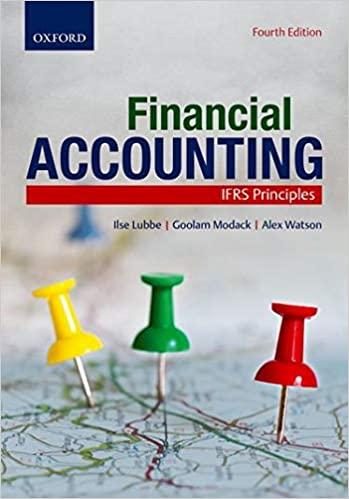Answered step by step
Verified Expert Solution
Question
1 Approved Answer
[25 points] Irwin Textile Mills produces two types of cotton cloth- denim and corduroy. Corduroy is a heavier grade of cotton cloth and, as such,
[25 points] Irwin Textile Mills produces two types of cotton cloth- denim and corduroy. Corduroy is a heavier grade of cotton cloth and, as such, requires 8.0 pounds of raw cotton per yard, whereas denim requires 5.5 pounds of raw cotton per yard. A yard of corduroy requires 3.2 hours of processing time while a yard of denim requires 3.1 hours. The manufacturer has 6,500 pounds of cotton and 3,000 hours of processing time available each month. The manufacturer makes a profit of $2.45 per yard of denim and $3.15 per yard of corduroy. The manufacturer wants to know how many yards of each type of cloth to produce to maximize profit. [6 points] Create a spreadsheet model for this problem and solve it using Solver. What is the optimal solution? [7 points] Confirm graphically that the solution to part a maximizes their profit. [4 points] Starting with the optimal solution to part a, use the SolverTable add-in to see what happens to the decision variables and the optimal profit when the profits per yard of denim varies from $1.70 to $3.20 in $.25 increments. Track the changes in the decision variables and the objection function. Are the changes in optimal profit linear with respect to changes in the unit profit of denim? [4 points] Starting with the optimal solution to part a, use the SolverTable add-in to see what happens to the decision variables and the optimal profit when the profits per yard corduroy varies from $2.25 to $4.05 in $.30 increments. Track the changes in the decision variables and the objection function. Are the changes in optimal profit linear with respect to changes in the unit profit of corduroy? [4 points] Starting with the optimal solution to part a, use the SolverTable add-in to see what happens to the decision variables and the optimal profit when the availability of cotton varies by a factor of (1 + k) while the availability of processing time varies by a factor of (1-k). In particular, let k vary from -0.3 (-30%) to 0.3 (30%) in increments of 0.05 (5%) and track the changes in the decision variables and the objection function. Are the changes in optimal profit linear with respect to changes in k?


Step by Step Solution
There are 3 Steps involved in it
Step: 1

Get Instant Access to Expert-Tailored Solutions
See step-by-step solutions with expert insights and AI powered tools for academic success
Step: 2

Step: 3

Ace Your Homework with AI
Get the answers you need in no time with our AI-driven, step-by-step assistance
Get Started


